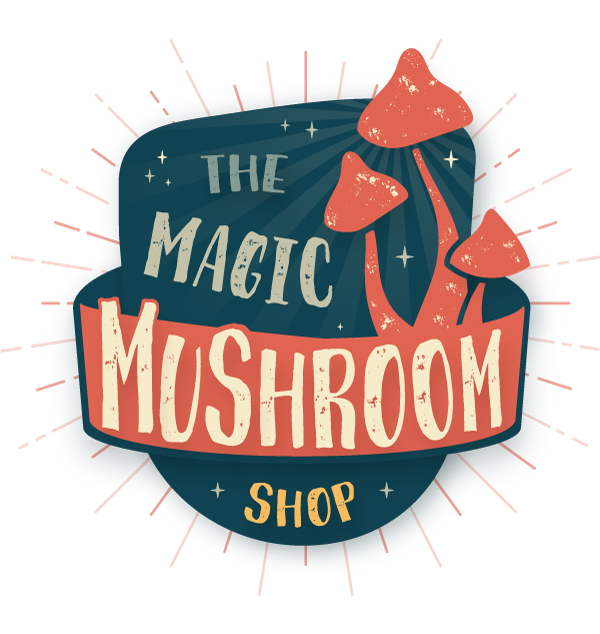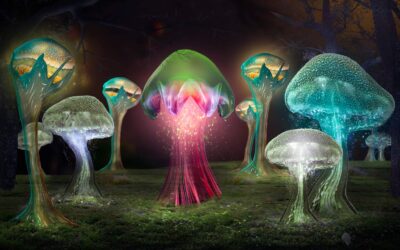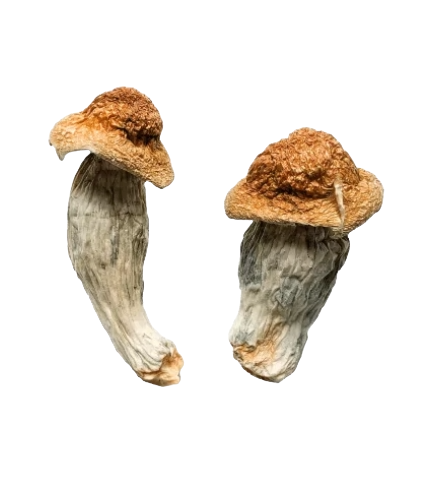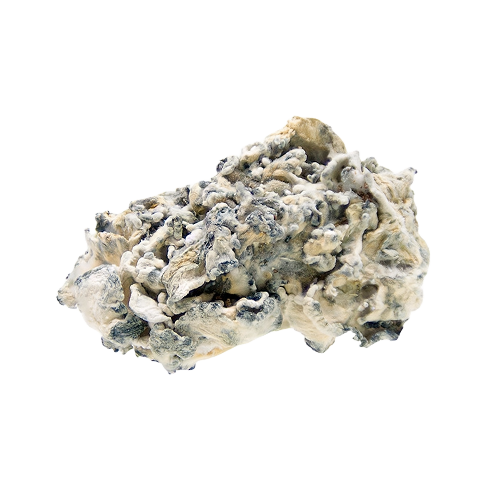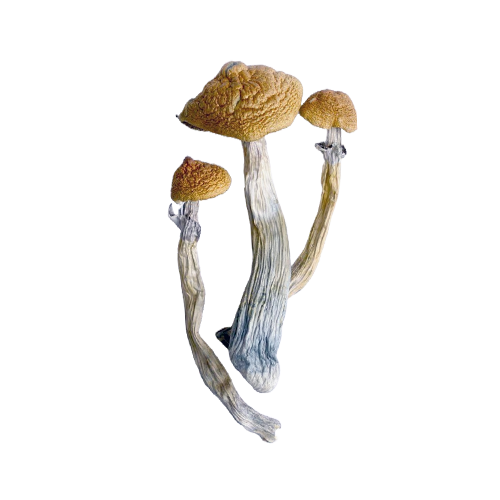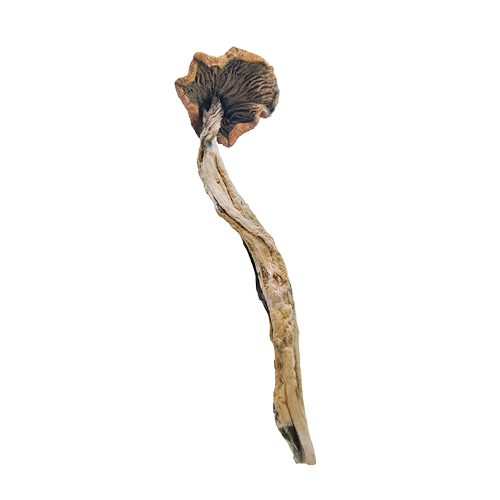A Closer Look at Psychedelics – Definition, Meaning & History
Psychedelics are powerful drugs that can cause profound alterations in perception, thought, emotion, and consciousness. With origins dating back thousands of years and still widely used today to explore altered states of consciousness, psychedelics have a long history and strong cultural significance.
What are psychedelics?
Psychedelics, sometimes referred to as hallucinogens, are a class of drugs that cause perceptual and emotional disturbances in the user. Psychedelic drugs are known for their ability to produce intense changes in consciousness and observation, often referred to as a “trip.” Commonly used psychedelics include psilocybin (magic mushrooms), LSD, MDMA, mescaline, and DMT. The effects of psychedelic drugs vary depending on the type and dose used; some common effects may include visual or auditory hallucinations, heightened awareness, altered sense of reality, changes in moods or emotions and spiritual experiences.
What is their definition and meanings?
Psychedelics can generally be defined as substances that are known to alter brain chemistry in a way that causes the user to experience a unique and powerful sense of altered perception, emotion, consciousness, and creative thinking. The definition takes into account both the positive and negative aspects of psychedelic drug use; while such drugs can lead to psychedelic experiences that are transformative and spiritual in nature, they also have an inherent potential for harm when misused or overused. As with any substance or activity, understanding definitions, meanings and risks is key in ensuring responsible use.
What is the history of psychedelics?
Psychedelics have had a long and varied history, with their use spanning cultures in the East and West alike. The origins of psychedelic use dates back to pre-modern times and shamanic rituals, where psychoactive plants and mushrooms were consumed for their transformative properties. Psychedelics rose to prominence during the 1950s and 1960s as part of the “psychedelic revolution”, with hallucinogenic drugs such as LSD and mescaline becoming widely popular with its proponents seeking an alternative way of viewing reality. Since then, psychedelics have evolved significantly alongside the development of our understanding of them, leading to widespread acceptance in contemporary academic circles.
Understanding Psychedelics and their Effects on the body and brain
Psychedelics are a class of substances with unique molecular structures that interact with the brain in various ways, producing profound changes in cognition, mood and perception. These effects may include perceptual distortions, open or closed-eye visuals, altered thought patterns, alterations in sense of self, and powerful spiritual experiences. It is important to remember that we have not fully explored the potential benefits or risks associated with psychedelics. Therefore, responsible use is essential.
How do psychedelics work in the brain?
Psychedelics work by activating certain receptors in the brain, mainly serotonergic pathways, resulting in a dramatic alteration of consciousness. Specifically, it activates serotonin 2A (5-HT2A) and other 5-HT related pathways, which stimulate neural activity in the cortex –– the area of the brain responsible for higher thinking and creativity. This increased neural activity can lead to heightened perceptions, increased senses of connection with people and the environment around you, as well as spiritual or even mystical experiences.
What are the therapeutic potentials of psychedelic drugs?
In recent years, psychedelics have been gaining attention for their potential therapeutic benefits. A growing number of studies are looking into psychedelic-assisted psychotherapy –– the idea that psychedelics can be used as a tool to treat a wide range of psychological and psychiatric conditions, including depression, anxiety, PTSD, addiction and more. These studies suggest that while psychedelics may not be a cure-all solution for all mental health issues, they could offer a powerful adjunct to traditional psychotherapy treatments such as cognitive behavioral therapy (CBT).
Benefits of using psychedelics
To get the most out of psychedelics, one must approach them with an open mind and a willingness to explore their innermost thoughts, emotions and beliefs. Before partaking in psychedelic use, it is important to consider its potential benefits. Through psychedelics, people can gain deeper self-awareness, experience intense joy or relaxation, feel disconnected from thought patterns or preconceived notions about the world, revive creativity, and develop insight into themselves and the wider universe. With an intentional mindset and a therapist or guide to guide the process if desired, psychedelic journeys can lead to many beneficial experiences.
Risks of using psychedelics
When exploring psychedelics, it is important to follow safety protocols that can help ensure a positive experience and minimize the risks. Proper set and setting selection, dosage accuracy, integration of the insights gleaned from their psychedelic journey into larger life goals, managing expectations, and having support from those around them are all essential factors for navigating psychedelics safely. Additionally, finding an experienced psychedelic therapist or guide who can bring perspective and monitoring can be beneficial to both recreational users and therapeutic use.
Learn more about Psychedelic Therapy in our article: Psychedelic Therapy – The New Wave of Mental Health Treatment
